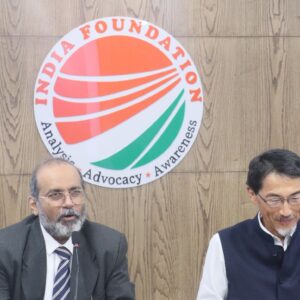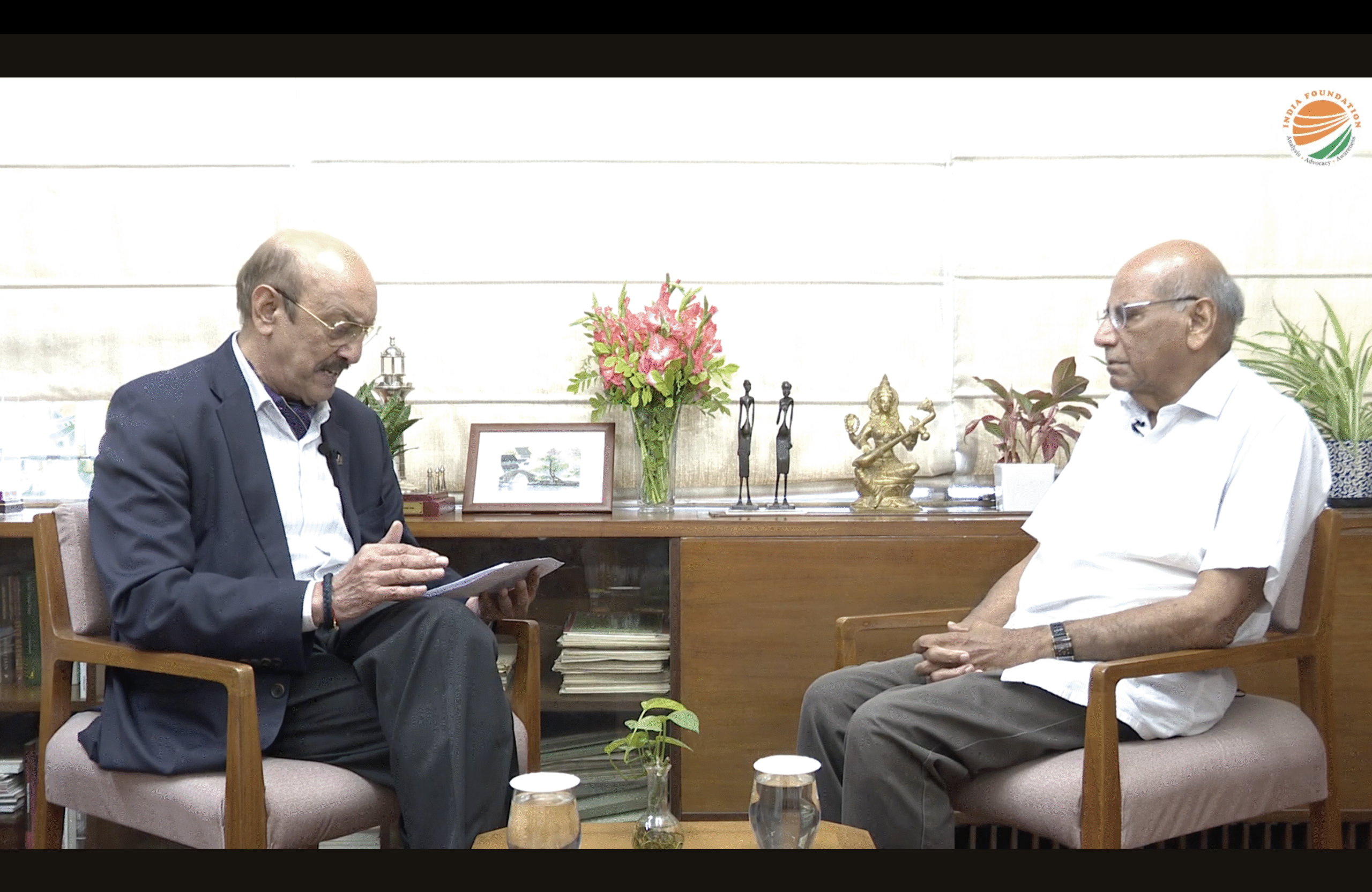Public-Private Partnership has been adopted as the main route for implementation of the road projects in the country especially in National Highways Development Programme (NHDP) and is expected to finance the major share of ambitious road construction/upgradations projects in India, both by the Central andState governments.
According to National Highway Act, 1956, National Highways are owned, constructed, maintained and operated by the Central government via National Highways Authority of India (NHAI). This Act was amended in 1995 to allow for private participation. Now a private entity too can construct and operate highways and can also levy user charges on the commuters to cover up their costs and earn profits. The Government of India first laid down basic principles and guidelines for the PPP in a cabinet decision of 1997 . In 2000, Cabinet Committee on Economic Affairs approved the first phase of NHDP with a major emphasis on promoting PPP. Two models were preferred above all-BOT-Toll and BOT-Annuity. The third alternative was Special Purpose Vehicle (SPV), which was to be used in the case where former two models failed to attract private investments. Recently, a hybrid annuity model has been introduced as well. However, there are several pitfalls in this approach which must be avoided.
The growth of PPPs began in the 80s with the advocacy of greater role of the private player and limiting the role of the state to that of a facilitator. A major emphasis was placed upon cutting the public expenditure to restrict the size of the fiscal deficit. It is argued that higher fiscal deficit lead to destabilising effects for the economy due to higher inflation and higher interest payment due to expanding public debt. Also, that higher public spending ‘crowd outs’ the private investments due to increasing interest rates. Therefore, PPP in infrastructure was seen as the mechanism of not only reducing resource constraint facing the government in bridging the infrastructure gap, but in bringing in innovative financial and management techniques in the sector, which increases efficiency while rationalising the costs.
It also ensures an optimum risk allocation system . The high degree of the economic externality of public infrastructure, and the commercial and socio-economic risks involved in developing and operating them has made it difficult to appropriate returns from infrastructure investments. The long gestation period of infrastructure projects also requires sustainable financial and operational capacity. Therefore, there is some reluctance in both the public and private sectors to absorb all the costs and assume all the risks of building and operating these assets alone. Since the risk of performance of the projects is passed on to the private sector, PPP leads to better risk assessment and cost estimation which is done on the basis of economic considerations alone .
Even though there are arguments for PPP, there are major concerns regarding its viability and effectiveness especially in the road sector, which requires significantly large investment for an extended period. The first problem arises with the issue of financing PPP projects and cost recovery. Who will be in charge of the cost recovery from the projects whose gains due to their public nature are often indivisible? Since investment in a highway project is indivisible and colossal, fixed charges form the major component of the costs of providing the road services. When gains from a highway project are purely economic and accrue only to users with no externality present, the toll rate cannot exceed the marginal benefit from road services with the result that despite tolling, consumer surplus may be substantial. Thus, though the net economic benefits from a road project are positive, it may not be commercially viable .
It leads to a condition where the quantum of the private investment is less than the optimal level. It means that even the criterion of private profitability cannot be the only parameter for judging the investment in the roads sector. The problem becomes even more acute in the case of a developing country like India where there are high positive externalities associated with the road construction . It promotes inter-regional trade, stimulates the local economy, helps in the exploitation of local resources and can aid in the division of labor and specialisation . Since much of such gains cannot be captured through tolls, the gap between the socially optimal and commercially viable levels of investment in highways tend to be lower than required.
Apart from making the scale of capital outlay lower than the socially optimal level, the aforementioned economic and social factors also cause serious distortions in the composition of investment. Under private commercial considerations, the dice is heavily loaded against projects which a) promote basic social, as against purely economic, objectives, b) result in economic gains which cannot be appropriated through user charges and c) trigger with a time lag a cumulative process of regional or national economic development. Thus, we see that private investors are more than happy to undertake the projects against negative grants for brownfield projects connecting major cities and industrial areas. However, few would like to take up greenfield projects in backward regions or remote regions like the northeast, which have a higher cost-benefit ratio than the former.
The government, thus, is forced to enact policies for neutralising bias in private investment. It bears the pre-construction costs like project feasibility study, land acquisition, environment clearance and other costs. It launches various schemes like viability gap funding, tax exemptions period and duty-free imports of equipment. The tax exemptions are given to financial institutions involved in financing road projects, borrowing abroad is eased, and mostly government also gives upfront grants for specific projects . These concessions negate the basic arguments for PPP i.e. it will reduce the burden on public funds. On the other hand, it becomes difficult to calculate whether the total cost of the road construction has increased due to such concessions to the private sector. Duty rebates on inputs and interest subsidies erode allocative efficiency and give rise to the deadweight loss for the economy.
The solution to this dilemma is to change the approach towards highways construction. There is no reason to make highway construction incumbent upon the inflow of the private sector. The government must be willing to undertake the projects on its own when the private sector shows no interest. It will send a strong signal to the market about the determination of the government to undertake road projects and in the end, will boost investor sentiment. The government should focus on developing a long-term debt market and fixing the health of the financial sector of the country because a major impediment to the participation of the private sector is the lack of access to long-term finance at reasonable rate.
By simplifying rules and regulations in the financial and banking industry and adopting transparency and predictability in the highway sector policy framework, the government will be able to facilitate the private sector inflows more than the often illogical concessions & financial incentives . Also, there are several other major problems in the PPP projects like unfair concessions in the form of guaranteed rate of return, no competition clauses, manipulative toll fixing .
Therefore, proper mechanisms must be evolved to avoid repetition of such mistakes. It calls for a threefold approach: capacity building in the government departments and technical training of the personnel, standardisation of the procedures for the award of contract and concessions, with enough regional flexibility to reduce arbitrariness and lastly a clearly defined penalty for private and government officials engaged in unfair practices. An efficient mechanism for audit and performance appraisal needs to be evolved. It needs to stressed that the goal of the highway policy should be to provide world-class infrastructure at the lowest possible economic cost rather than following any model or approach as a matter of faith.
(AbhinavPrakash is an assistant professor of economics at Zakir Husain Delhi College (E), Delhi University.)
(This article is carried in the July-August 2017 issue of India Foundation Journal.)
Articles and Commentaries
|
August 13, 2017



